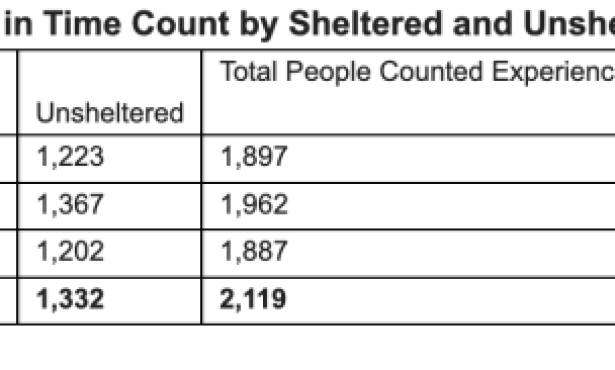Telescope to Catch Full Moon Fever
The observatory opens its doors to the public every third Friday of the month in conjunction with the Santa Barbara Astronomical Unit, whose members bring their own telescopes to Westmont for the public to gaze through. The viewing lasts for several hours. In case of inclement weather, please call the Telescope Viewing Hotline at (805) 565-6272 and check the Westmont website to see if the viewing has been cancelled.
The nearly full moon rises around 8:30 p.m. in Sagittarius, dominating the night sky and forcing the Keck Telescope to focus its attention to points in the sky away from the moon. Although now lower in the southwest, Westmont physics instructor Thomas Whittemore says Saturn will still thrill the public. “We’ll have the opportunity to see five of Saturn’s brighter moons: Rhea, Dione, Tethys, Titan and Iapetus,” he says. “If the weather cooperates, we should also be able to see the shadow of Saturn’s rings on the ball of the planet and maybe the division between the A and the B rings known as the Cassini Division.”
The Great Globular Cluster, M13, is now well-positioned for viewing since it lies at the top of the sky at sunset. “It’s some 26,000 light-years away and contains upwards of a million ancient stars,” Whittemore says. He also hopes to take a peek at another globular cluster in Hercules, M92, which he says is often overlooked at star parties. “Discovered by Johann Bode in 1777 and cataloged by Charles Messier in 1781, M92 was first resolved into stars by William Herschel in 1783,” Whittemore says. “It’s more compact than its neighbor, M13, but still a spectacular object.
The Ring Nebula, M57 in Lyra, is now sitting high in the northeast sky at night. “M57 lies 2,300 light-years away and is the remnants of a dying star — a fate that will someday be our sun’s,” Whittemore says. “What we will see is the gaseous envelope of what used to be the central star’s atmosphere. The central star, a white dwarf, is faint and can only be seen under pristine, dark-sky conditions.”
Westmont students and faculty use the 24-inch reflector telescope to conduct astronomical research. The Keck Telescope is housed in the observatory between Russell Carr Field and the track and field/soccer complex. Free parking is available near the baseball field.

